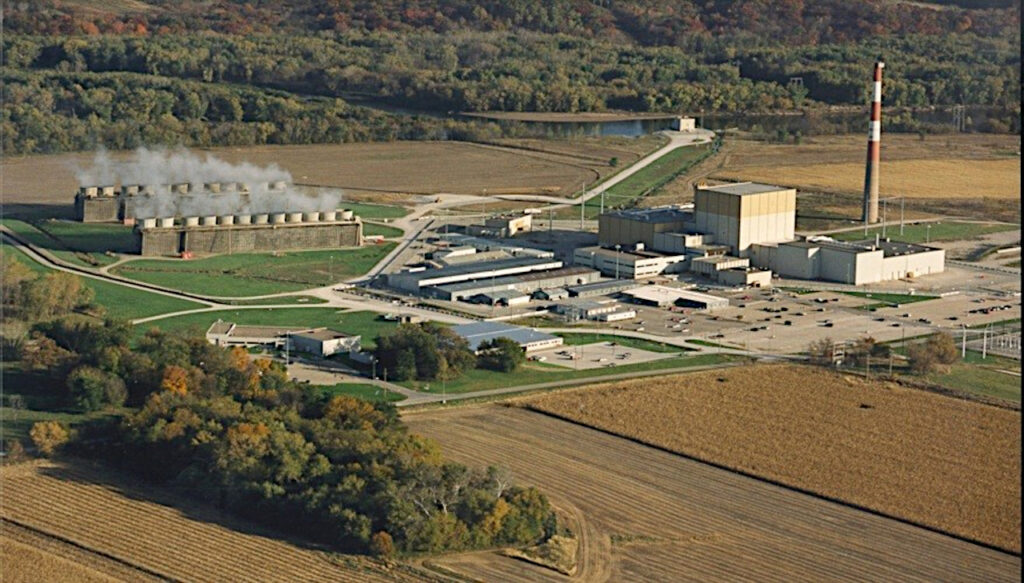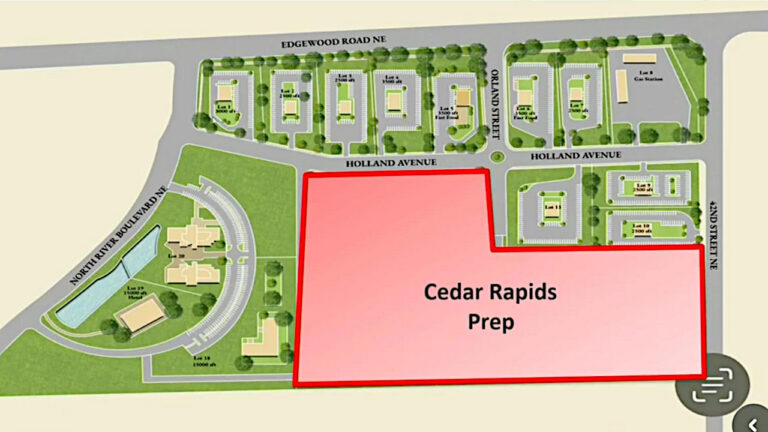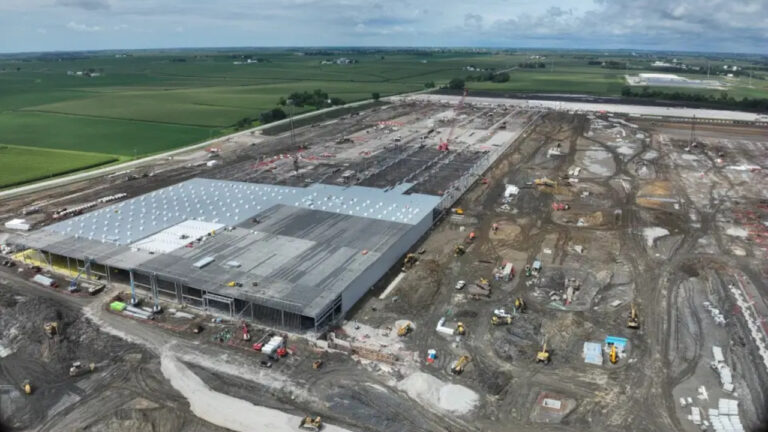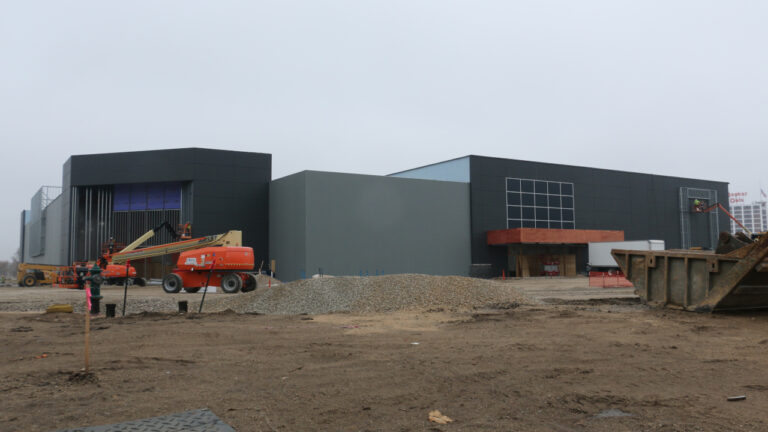A new Linn County ordinance amendment creating an exclusive use zoning district for nuclear power generating operations and nuclear waste storage facilities – perhaps the first such ordinance in the nation, according to county officials – is on its way to the Board of Supervisors for review and possible approval.
After about 90 minutes of discussion and public comment, the Linn County Planning and Zoning Commission voted unanimously Tuesday night, July 21, to recommend the ordinance for approval.
The new ordinance is being considered, in large measure, due to the potential reopening of the Duane Arnold Energy Center in Palo, Iowa’s only nuclear power plant. The plant was shut down in 2020 for budgetary reasons, but the plant’s owner, NextEra Energy Resources, has confirmed that it is actively pursuing the recommissioning process for the plant, having filed notice earlier this year with the federal Nuclear Regulatory Commission to request a licensing change.
Even if NextEra moves ahead with their plans and receives an operating license, the plant wouldn’t reopen until the end of 2028 at the earliest, NextEra officials have said.
But in remarks to the Planning and Zoning Commission, planning and development director Charlie Nichols noted that power demand is expected to increase rapidly in the coming years, due largely to the growth of power-hungry data centers, and Linn County desires to have a land use framework in place before that growth occurs.

“Linn County is well-positioned to be part of this emerging energy transition and renewed interest in nuclear power,” Mr. Nichols said. “With a legacy nuclear site, existing energy infrastructure and proximity to industrial and technology corridors, the county has both the geographic and institutional foundations to host next-generation energy projects. The restart of the Duane Arnold Energy Center and the potential for small modular reactor development creates a unique opportunity for local investment, job creation and long-term energy resilience. By proactively establishing land use regulations, the county can leverage innovation while protecting public interests.”
The ordinance itself would “provide an exclusive-use zone for the siting and operation of nuclear power generation facilities and nuclear waste storage facilities” that are established or launched after the ordinance takes effect.
It also acknowledges that the federal government is primarily responsible for the licensing and regulation of nuclear energy operations and nuclear storage facilities.
Thus, the goal of the county zoning ordinance is to “establish land use regulations to protect public health, safety, welfare, and the long-term economic interests of their residents.”
An application will be required for any rezoning requests, including a substantial application fee, an economic development plan that demonstrates how the new facility will contribute to the local or regional economy, and a Host Community Agreement (HCA) between the facility operator and the hosting community, with fixed annual payments to account for costs associated with public safety, emergency preparedness, environmental monitoring and long-range planning.
Most community attendees at Tuesday’s meeting expressed support for the new zoning ordinance, and the potential restarting of the Duane Arnold Energy Center, particularly from an economic perspective.
“If restarted, the DAEC will be a significant benefit to Linn County, just as it was for four decades when it operated, when over 600 employees worked out there, but they also contributed close to a quarter billion dollars worth of economic activity to the state and local economies,” said Ron Corbett, vice president of economic development for the Cedar Rapids Metro Economic Alliance. “Restarting Duane Arnold will strengthen the county’s energy infrastructure, presenting it to be very investment-friendly for future jobs.”
Conversely, Wally Taylor of Marion, legal chair of the Sierra Club’s Iowa chapter, said he felt that Mr. Nichols’ presentation, and the proposed ordinance as a whole, was predisposed to favor the further development of nuclear energy in Linn County, from the DAEC to the potential for small nuclear reactors (SMRs) near existing industrial sites.
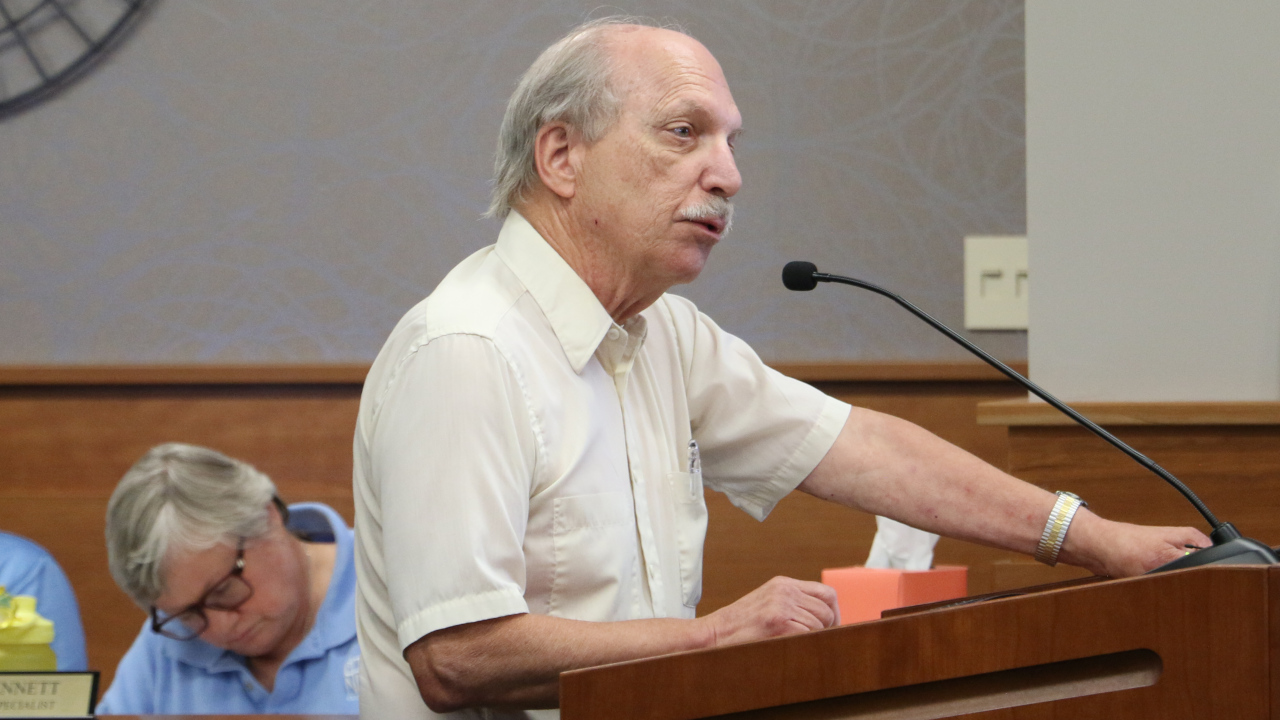
“It seems like this whole proposal is to promote nuclear power, not necessarily to protect the public,” Mr. Taylor said, indicating that nuclear power is neither clean nor renewable. “The ordinance makes the statement up front that nuclear power promotes economic development and jobs. But this statement should not be there without any evidence to support it, nor should there be any statement up front of the need to balance potential benefits of nuclear energy when there’s no evidence in the ordinance to support that.”
Commission chair Tina DuBois said the new ordinance establishes a solid framework for the county’s consideration of any future nuclear energy projects.
“I’m sure there will be changes in the future,” Ms. DuBois said. “This is where we are right now.”
The agenda for the Board of Supervisors’ meeting includes a consent item to set a public hearing on the ordinance for Aug. 4 at 10 a.m. The ordinance requires three hearings for approval.
The 615-megawatt Duane Arnold Energy Center, Iowa’s only nuclear plant, which opened in 1974, ceased operations following the August 2020 derecho that brought winds of up to 140 mph to the Corridor, causing heavy damage to the plant’s cooling towers, according to NextEra Energy officials.
The plant was already scheduled to be decommissioned in October 2020 after its main customer, Alliant Energy, paid $110 million in 2018 to exit its power purchase agreement with the plant several years early. At the time, Alliant spokesman Justin Foss said the deal for early decommissioning of Duane Arnold came about as a result of discussions on extending the utility’s power purchase agreement (PPA) with the plant. The prices quoted by NextEra did not seem appealing for Alliant’s customers, Mr. Foss said.
According to a statement released by NextEra in 2020, post-derecho inspections of the plant revealed “extensive damage to Duane Arnold’s cooling towers,” which were used to cool steam after it exited the plant’s turbine. Officials stressed that there was no damage to infrastructure used to cool critical nuclear components, but noted that repairing the cooling towers would not be feasible before its October decommissioning date, leaving the plant incapable of restarting.


